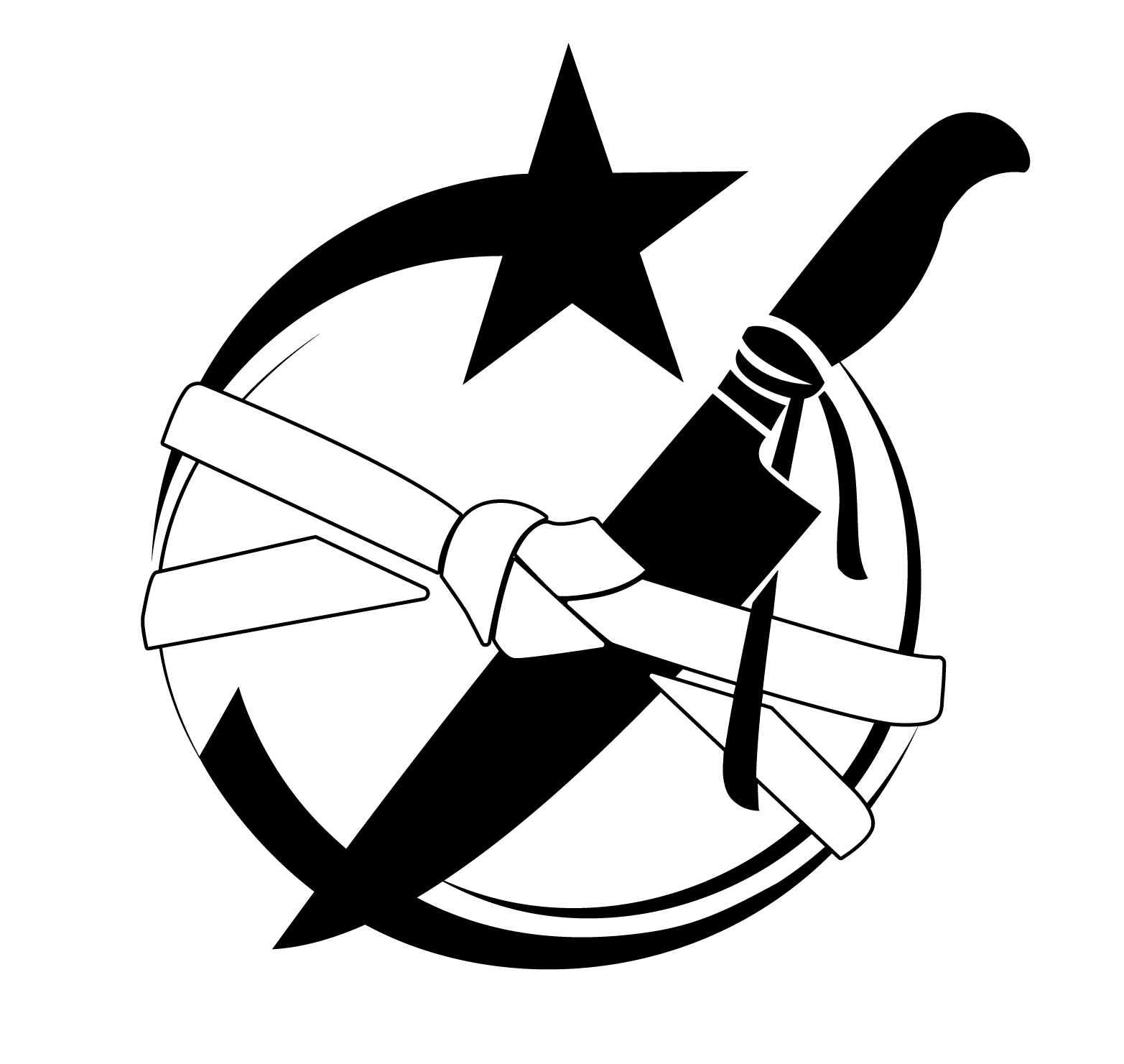
CAIBOK White Belt
CAIBOK White Belt
A CAIBOK White Belt is the starting point, demonstrating proficiency in food safety. Since basic food safety is vital for any person working in foodservice. This badge is required in order to progress to higher levels and must be renewed annually.
In order to receive the white belt certification, you must first be an active member. Then complete the quizzes on the following subjects from the body of knowledge.
Food and Safety 1100 – food safety badge
The Food and Safety 1100 badge provides an introductory understanding of essential food safety practices. Candidates must pass quizzes on the following topics to earn this badge.
1101 Food Safety and Preparation
Best practices for preparing food safely, including the selection and use of proper tools and equipment.
Safe cooking temperature practices to kill bacteria and prevent illness.
Safe and unsafe temperatures for food while storing and serving.
Key principles for cooking, storing, and serving food at safe temperatures to prevent bacterial growth.
Strategies for identifying and managing food allergens to accommodate guests with food sensitivities or allergies.
Essential habits for culinary professionals to prevent foodborne illness transmission.
Understanding the importance and methods of cleaning.
Understanding the difference and importance of both in maintaining a safe kitchen environment.
Overview of cleaning agents suitable for different kitchen surfaces and equipment, as well as safe practices for using and storing chemicals to prevent accidents and contamination.
Effective strategies for preventing and controlling pests in food preparation areas.
1111 Commercial Dishwashing Equipment
Operation and maintenance of dishwashing equipment to ensure the highest level of sanitation.
Best practices for drying dishes to prevent bacterial growth and ensure they are ready for safe use.
Professional Cooking 1200
The Professional Cooking 1200 badge by CAIBOK provides an introductory understanding of professional culinary foundations, including kitchen management, safety, and cooking techniques. This badge is aimed at aspiring chefs and culinary professionals who wish to establish a strong foundation in the culinary arts. To earn this badge, members must pass an exam based on the following topics.
Introduction to the fundamental kitchen tools every chef must know and how to use them. Focuses on the importance of knife skills and the use of measuring devices, with guidelines for maintaining and storing kitchen tools to ensure their longevity and safety.
Exploration of the types of cookware and bakeware necessary for different cooking techniques. Discusses materials and their properties, such as conductivity, durability, and maintenance requirements. Tips for selecting the right pieces for specific culinary tasks are also provided.
Key appliances in a professional kitchen, from stoves to mixers and blenders. Instructions on how to operate common kitchen appliances safely and efficiently. Maintenance tips to keep appliances in optimal working condition are also included.
Introduction to specialized tools that enhance culinary techniques like sous-vide, smoking, or molecular gastronomy. Discussion on when and how to use these tools to elevate culinary creations, along with care and maintenance of specialty tools to maximize their use.
Best practices for organizing a professional kitchen for an efficient workflow. Storage solutions for tools, cookware, and ingredients. The importance of a well-organized kitchen in maintaining cleanliness and reducing waste is emphasized.
The concept of ‘everything in its place’ as a crucial preparatory practice for professional cooking. Steps to effectively set up and organize ingredients and tools before cooking. How mise en place contributes to smoother operations during service hours.
